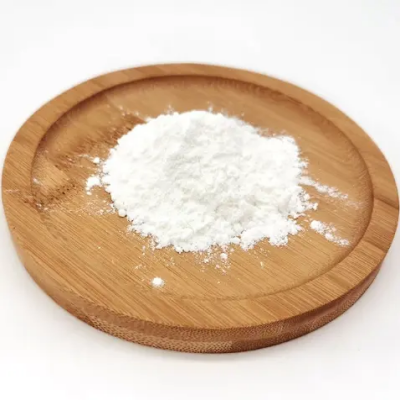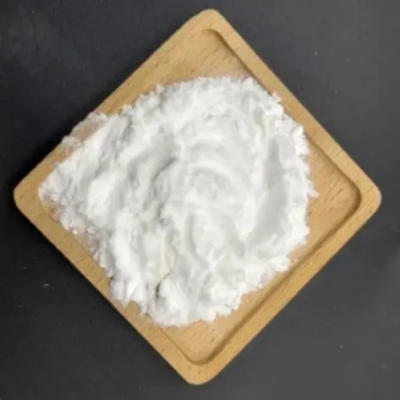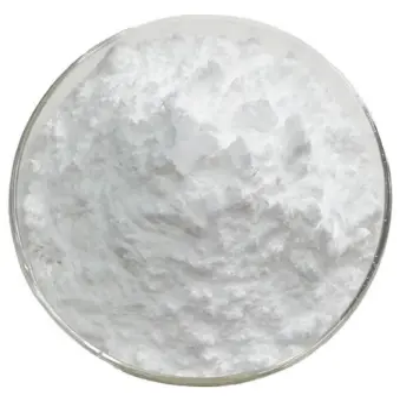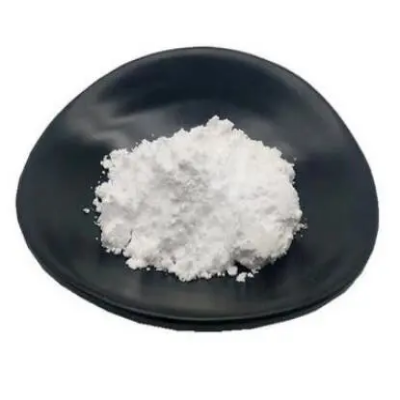Triphenylaceticacid CAS:595-91-5
Triphenylacetic acid finds diverse applications across different industries: Organic Synthesis: TPAA serves as a versatile building block in organic synthesis reactions, particularly in the preparation of pharmaceuticals, agrochemicals, and specialty chemicals. Its aromatic structure and functional groups make it valuable in forming complex molecules. Catalysis: In organic chemistry, TPAA is utilized as a catalyst or co-catalyst in various reactions such as esterifications, Friedel-Crafts acylations, and Heck couplings. Its presence can enhance reaction rates and selectivity. Pharmaceuticals: TPAA is employed as an intermediate in the synthesis of pharmaceutical compounds. It contributes to the development of drugs for various therapeutic areas including anti-inflammatory, anti-cancer, and antiviral medications. Dyes and Pigments: Due to its aromatic nature, TPAA is utilized in the production of dyes and pigments. It imparts color to textiles, plastics, and other materials, contributing to a wide range of products in the textile and polymer industries. Photoinitiators: Triphenylacetic acid derivatives are used as photoinitiators in UV-curable coatings, inks, and adhesives. These compounds initiate polymerization upon exposure to ultraviolet light, leading to the formation of durable coatings and printed materials. Research Reagent: TPAA serves as a research reagent in laboratories for various analytical and experimental purposes. Its chemical properties make it suitable for applications such as chromatography, spectroscopy, and biochemical assays. Corrosion Inhibitor: In certain industrial processes, TPAA is employed as a corrosion inhibitor to protect metal surfaces from degradation caused by chemical reactions with corrosive substances. Flavor and Fragrance: Triphenylacetic acid derivatives are utilized in the flavor and fragrance industry to impart specific aromatic profiles to food products, cosmetics, and perfumes. Overall, Triphenylacetic acid plays a significant role in multiple sectors, contributing to advancements in chemistry, medicine, materials science, and other fields. Its versatility and effectiveness make it a valuable compound in various industrial and scientific applications.



| Composition | C₆H₅CO₂H |
| Assay | 99% |
| Appearance | white powder |
| CAS No. | 595-91-5 |
| Packing | Small and bulk |
| Shelf Life | 2 years |
| Storage | Store in cool and dry area |
| Certification | ISO. |









![6,11-Dihydrodibenzo[b,e]oxepin-11-one CAS:4504-87-4](https://cdn.globalso.com/xindaobiotech/CMGYQWFMYMAW61CV3X45.png)